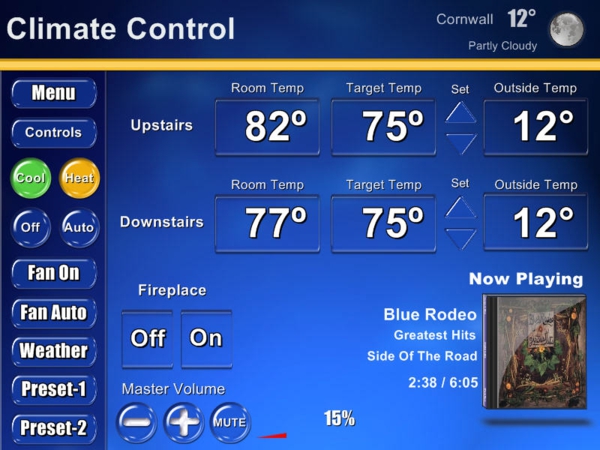For an avid art connoisseur, there is nothing more valuable than his or her collection of paintings, sculptures, photographs etc. Some of them are original, one-of-a-kind art pieces and therefore, one has to invest a lot of energy in their upkeep and maintenance. The environmental conditions within which these art pieces are stored need to regulated artificially. A change in temperature or humidity levels can significantly impact the quality of canvas or paints etc. Due to the delicate nature of such unique pieces of art, one has to regulate climatic conditions artificially.

Why do you need climate controlled storage?
A piece of art is a composite of different elements like paints, canvas, frames, clay etc. All of these compounds are affected by the external conditions surrounding them. Prolonged exposure to an unfavorable environment can cause long term damage to the texture of a painting or a sculpture. This is largely the reason behind the growing popularity of artificially controlled storage conditions. The best museums and art galleries are now equipped with state-of-the-art storage conditions.
Broadly, these are the elements that are crucial for proper storage and maintenance of art pieces-
1. Temperature
In the case of paintings, a rise in the temperature levels can accelerate the normal rate of deterioration of the canvas and paper. At the same time, heat can also harm the paints, making them more dilute over time. Clearly then, extreme temperatures are not conducive to the well-being of your priceless art collection.
2. Humidity
If your art pieces are stored in humid and wet areas, the excess of moisture can lead to the growth of mold and mildew, making way for a process known as foxing. Foxing can cause perforations in the canvas or make it more brittle with time. A dehumidifier is the easiest way to take care of the humidity levels. However, you might need to consult professional services to regulate humidity in more complicated cases.
3. Light
It is no secret that direct sunlight can fade colors. To take a simple example, if you dry your clothes in the sun for a long time, the sunlight seems to take away some color off them. The same thing can happen with paintings as the ultraviolet radiations present in sunlight erode paintings continuously.
These are the most common factors which need to be controlled artificially apart from others like growth of bacteria or attack by insects etc. The basic aim of climate controlled storage is to decelerate or arrest the process of decay. Even under normal climatic conditions, natural deterioration is underway. However, if there are radical changes in terms of temperature and humidity, antique pieces will atrophy at a quicker rate than normal. The most that you can do is find efficient climate controlled storage facilities to preserve the natural state of your antique collection.
July Weller is a journalism and arts student who writes about fine art, museums, and pottery. She has recently been writing about fine art storage for keeping art intact. She hopes to one day become a artist and art critic.

